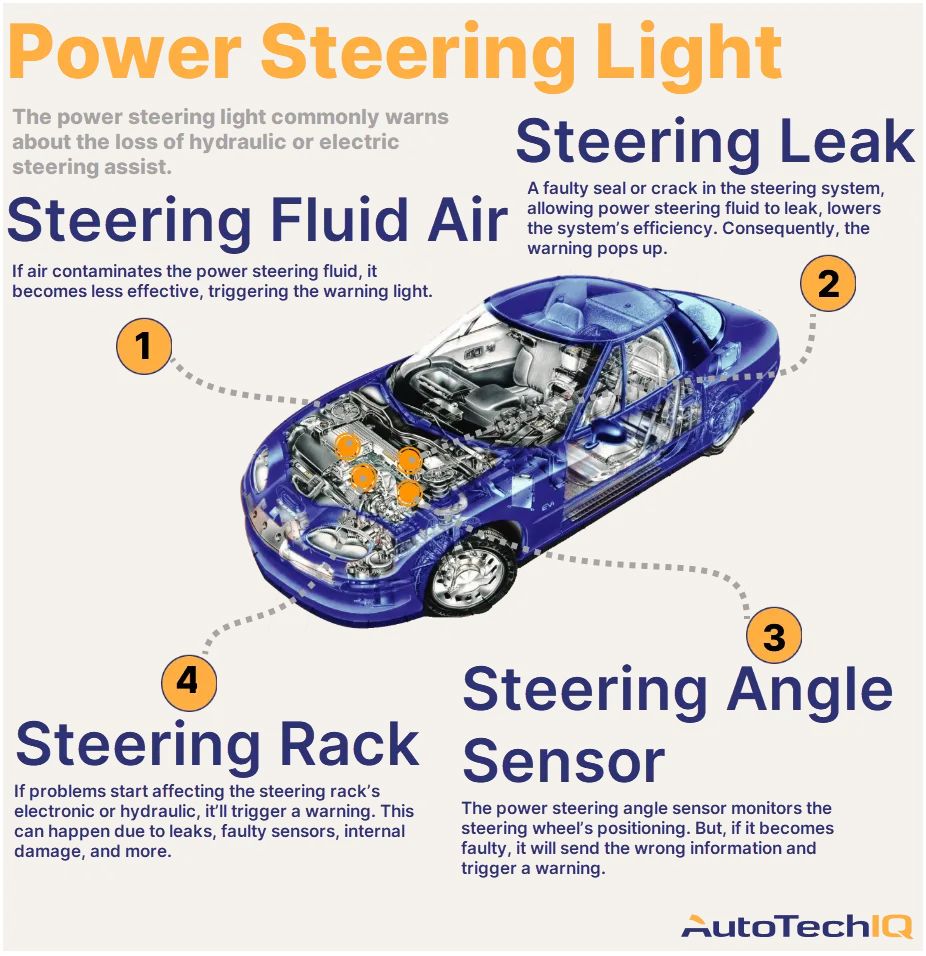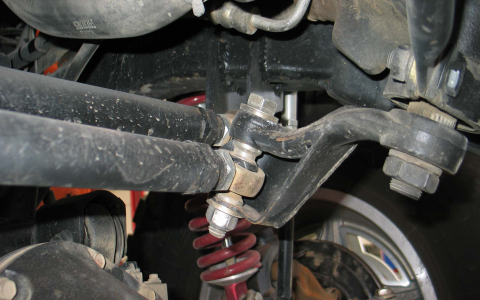Understanding your vehicle's power steering system is crucial for maintaining safety and performance. A power steering diagram provides a detailed visual representation of components like the pump, hoses, rack, and fluid lines, enabling accurate diagnostics and repairs. Without it, identifying faults becomes guesswork, leading to costly mistakes or unsafe driving conditions.
Why Power Steering Diagram Matters
Accurate Diagnostics: Diagrams pinpoint specific components, such as leaks in hoses or pump failures, allowing mechanics to target issues efficiently. This reduces repair time and prevents unnecessary part replacements.
Enhanced Understanding: For DIY enthusiasts or technicians, diagrams clarify how hydraulic or electric systems interact, fostering better maintenance practices and system comprehension.

Safety Assurance: By referencing diagrams, you ensure all connections are correct during repairs, minimizing risks like sudden steering loss on the road.
Key Reasons to Check Your Vehicle System Now
- Prevent Catastrophic Failure: Ignoring warning signs like stiff steering or whining noises can lead to complete system failure, increasing accident risks during maneuvers.
- Cost Savings: Early detection of minor issues, such as low fluid levels or worn seals, avoids expensive repairs like pump or rack replacements.
- Optimize Performance: A faulty system strains the engine and reduces fuel efficiency; regular checks maintain smooth, responsive handling.
- Compliance and Longevity: Routine inspections ensure compliance with safety standards and extend the vehicle's lifespan by preventing collateral damage to other components.
In summary, leveraging a power steering diagram for timely system checks is non-negotiable for proactive vehicle care. Neglecting it compromises both economic and safety outcomes.

